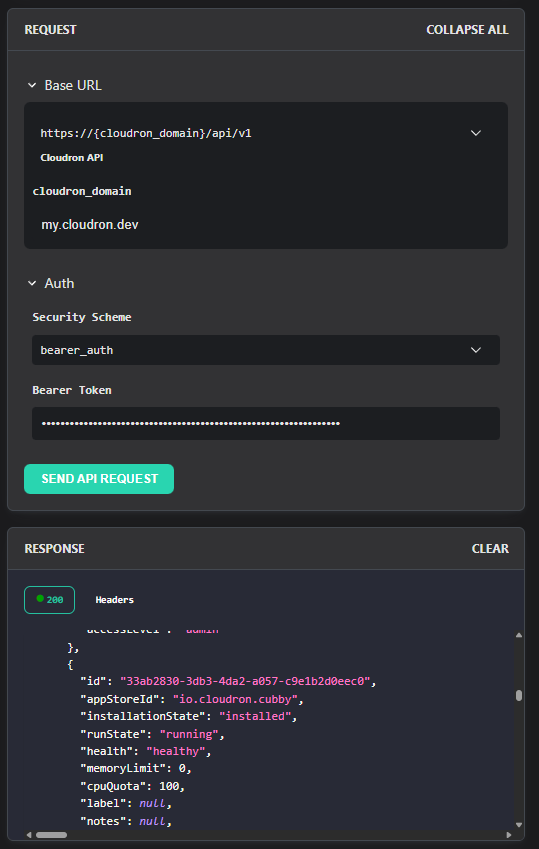[4.90.0]
Update wekan to 8.18
Full Changelog
Gantt chart view to one board view menu Swimlanes/Lists/Calendar/Gantt.
Number of cards per list and sum of custom number field in list head.
New Board Permissions: NormalAssignedOnly, CommentAssignedOnly, ReadOnly, ReadAssignedOnly.
More translations. Added support page to Admin Panel / Settings / Layout.
Right top User Settings / Grey Icons. Also fixed Change Language popup.
Collapse Swimlane, List, Opened Card. Opened Card window X and Y position can be moved freely from drag handle. Fix some dragging not possible. Fix iPhone Safari.
Per-User and Board-level data save fixes. Per-User is collapse, width, height. Per-Board is Swimlanes, Lists, Cards etc.
Fix Broken Strikethroughs in Markdown to HTML conversion.
Fix checklist delete action (issue #6020), link-card popup defaults, and stabilize due-cards ordering.


